On the world's largest cruise ship, which debuted in January, dining isn't just about the traditional buffet and poolside grill with burgers and pizza. Of course, there are also lavish feasts of spaghetti Bolognese, raw oysters and even rabbit—enough to feed the 10,000 people crammed onto one ship.
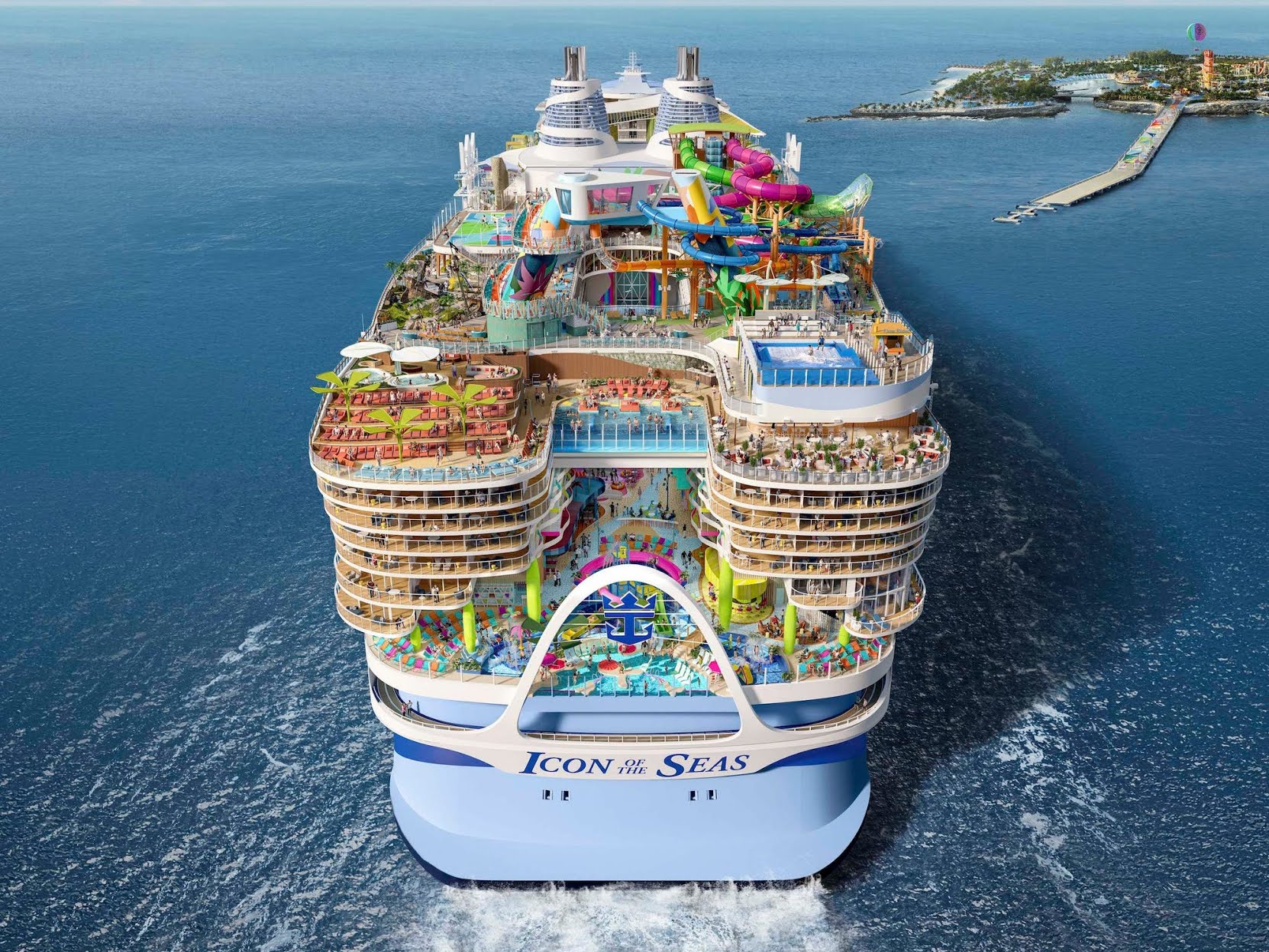
The 20-story, 2,805-room cruise ship was built in Finland and will be operational on January 27, 2024 in the US, valued at $2 billion.
Linken D'Souza, senior vice president of food and beverage at Royal Caribbean, shared this 'secret' with Business Insider .
Icon of the Seas' food preparation begins on land in Miami, where the ship receives ingredients before each voyage.
Icon of the Seas currently operates 7-day cruises from Miami to Mexico, the Caribbean and Royal Caribbean's private island, Perfect Day at CocoCay.
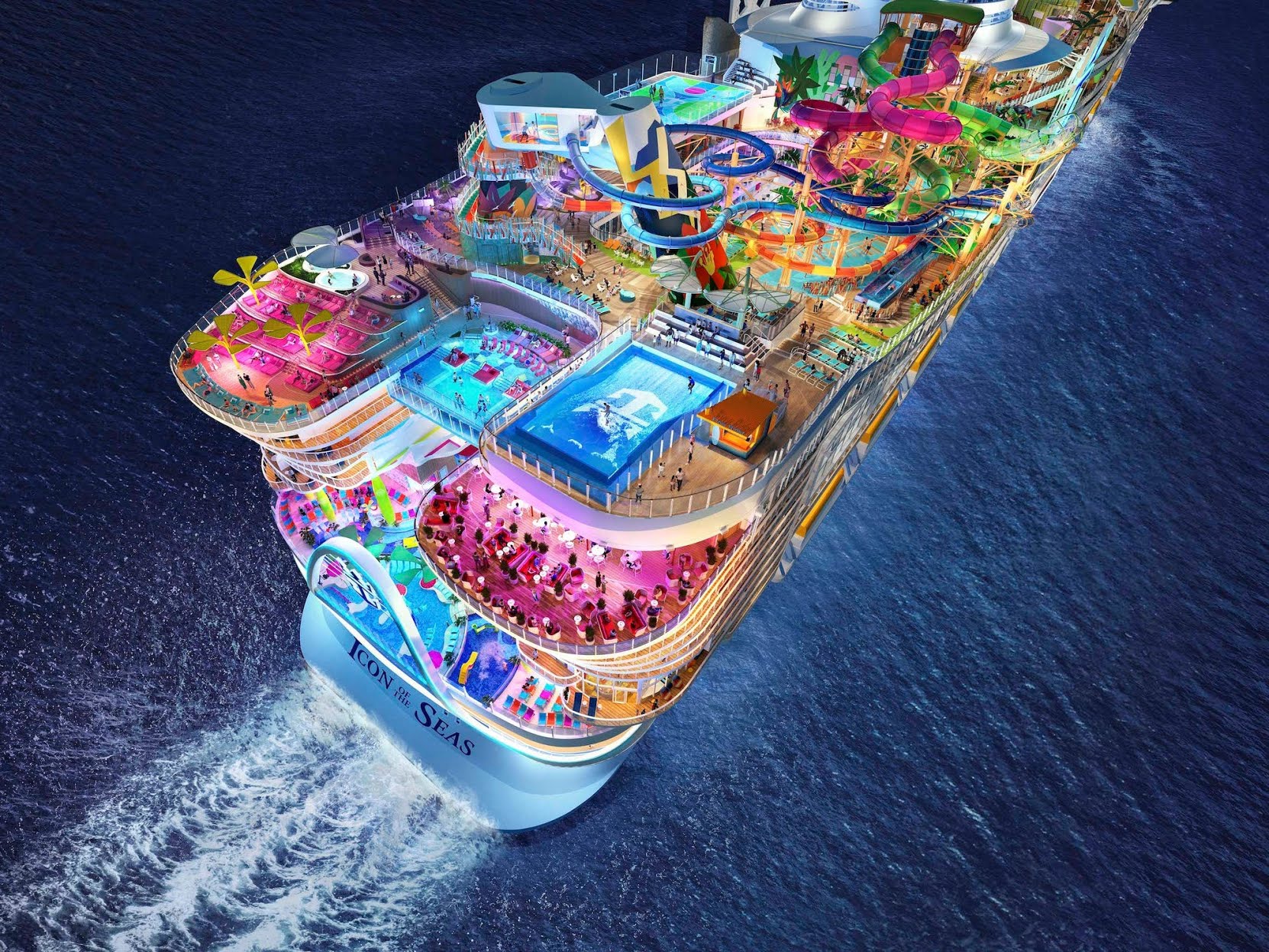
The ship holds a series of records in the world cruise industry.
Fresh items like berries, cheeses, and herbs are brought in weekly, says executive chef Germán Rijo.
However, frozen items - like prime rib, lobster and fish - are received every two to three trips.
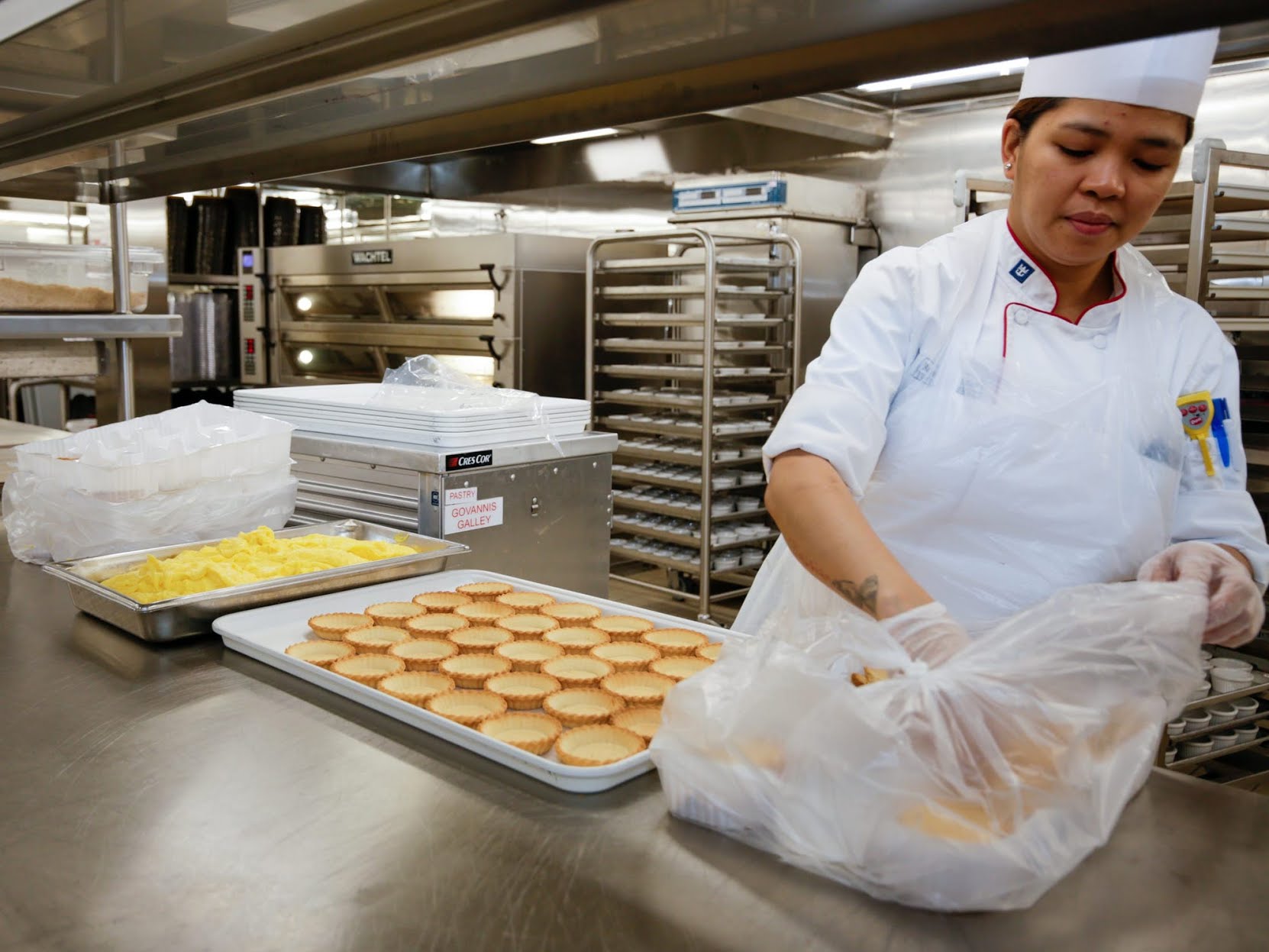
With 10,000 people on board at the same time, taking care of meals for everyone was not simple.
A big cruise ship means big food orders. Icon of the Seas stocks about 9,000 pounds of rice and 3,500 pieces of lobster for a typical week-long cruise.
On a shorter voyage, say one with 4,000 passengers, the ship would still carry about 2,500 prime ribs and 120 to 200 sirloin steaks.
Royal Caribbean has been trying to source more ingredients in the countries where its ships dock over the past few years, D'Souza said. Icon of the Seas' stockpiled food supplies are then distributed to the ship's 37 kitchens.
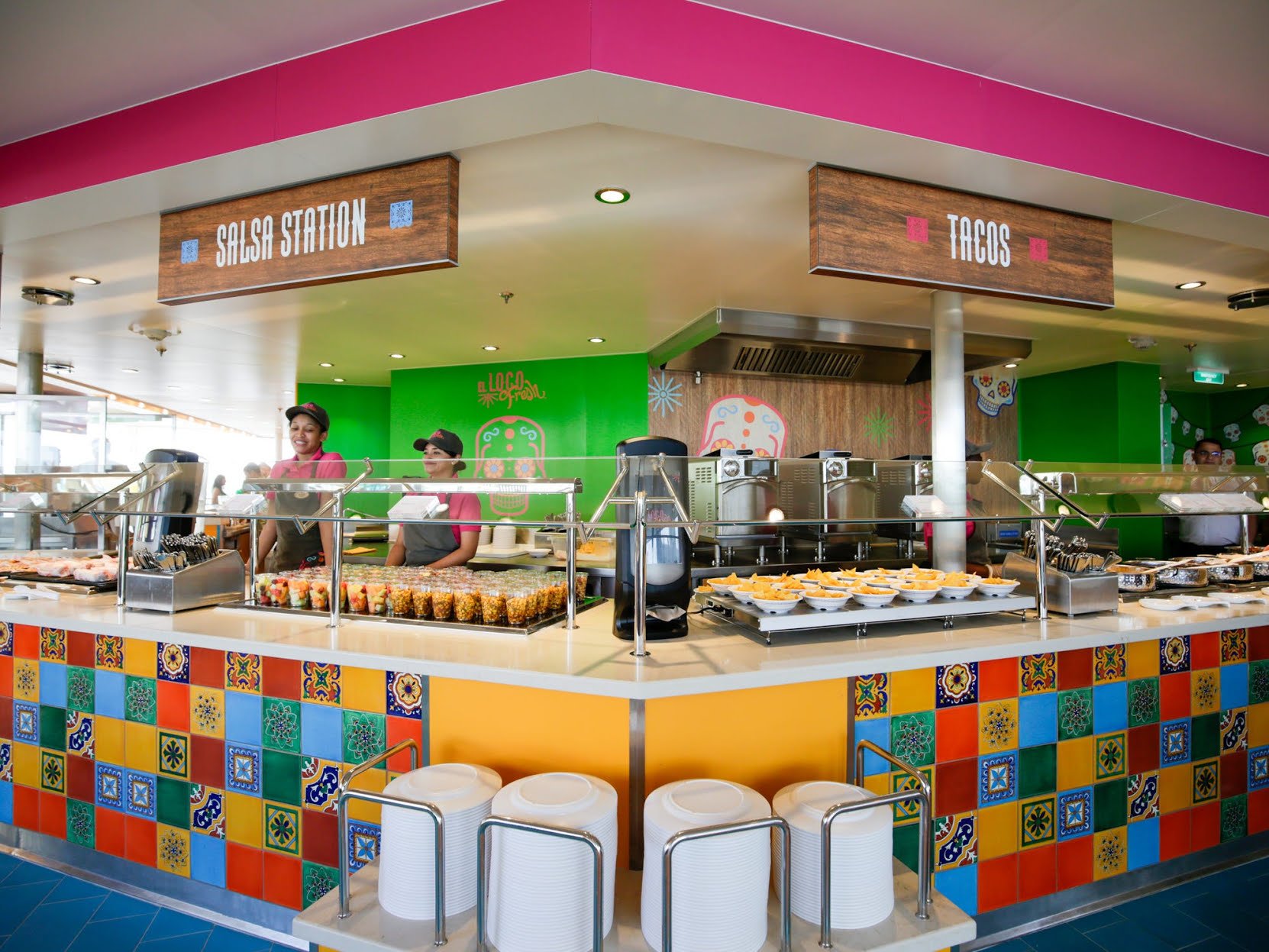
About half of the dining venues on Icon of the Seas are complimentary, including the Mexican-inspired El Loco Fresh buffet.
The ship has more than 20 restaurants and as many cafes. Paid options include a takeaway sushi bar and a $200-per-person gourmet dinner.
Those who don't want to splurge on specialty meals can often visit the ship's complimentary restaurant.
The restaurant offers more rice, potatoes, lobster, beef tenderloin and prime rib than any other dish. But its menu changes nightly, offering options like crab cakes, fried chicken and escargot.
Just remember to book a table in advance: The three-story restaurant can accommodate 6,000 guests in three and a half hours.
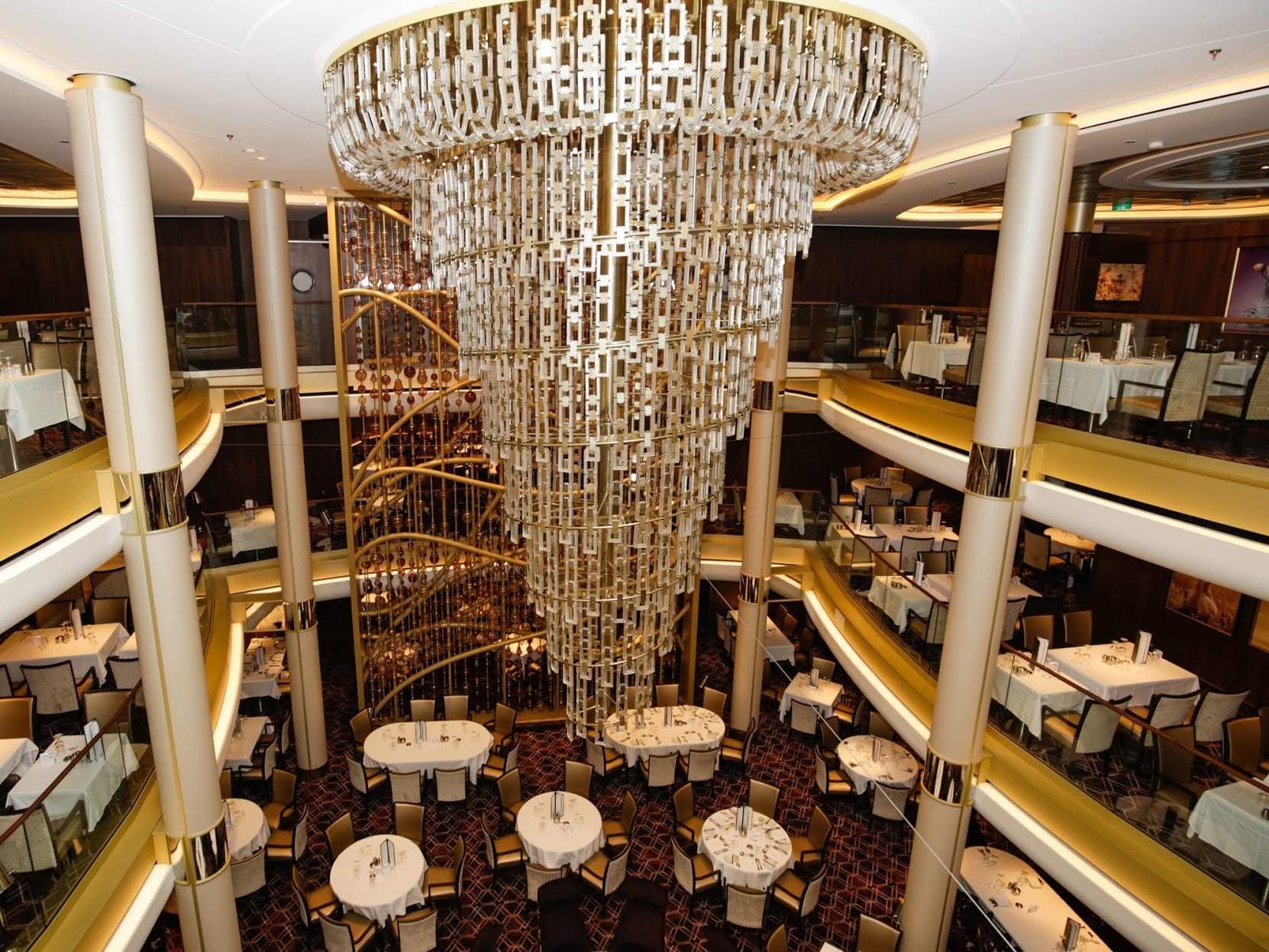
The ship's three-story main dining room is complimentary (included in the tour price) and features a rotating menu serving three-course meals.
To ensure smooth operations, each floor of the restaurant has its own kitchen. The server on the bottom floor is responsible for 2,400 people during a busy dinner.
Of the 425 chefs on Icon of the Seas, 45 work in the free restaurant kitchen, working 10 or 11 hours a day.
Food preparation is a round-the-clock job, with some working night shifts. In addition to serving in the free restaurant, the kitchen also prepares bread and pastries for the ship.
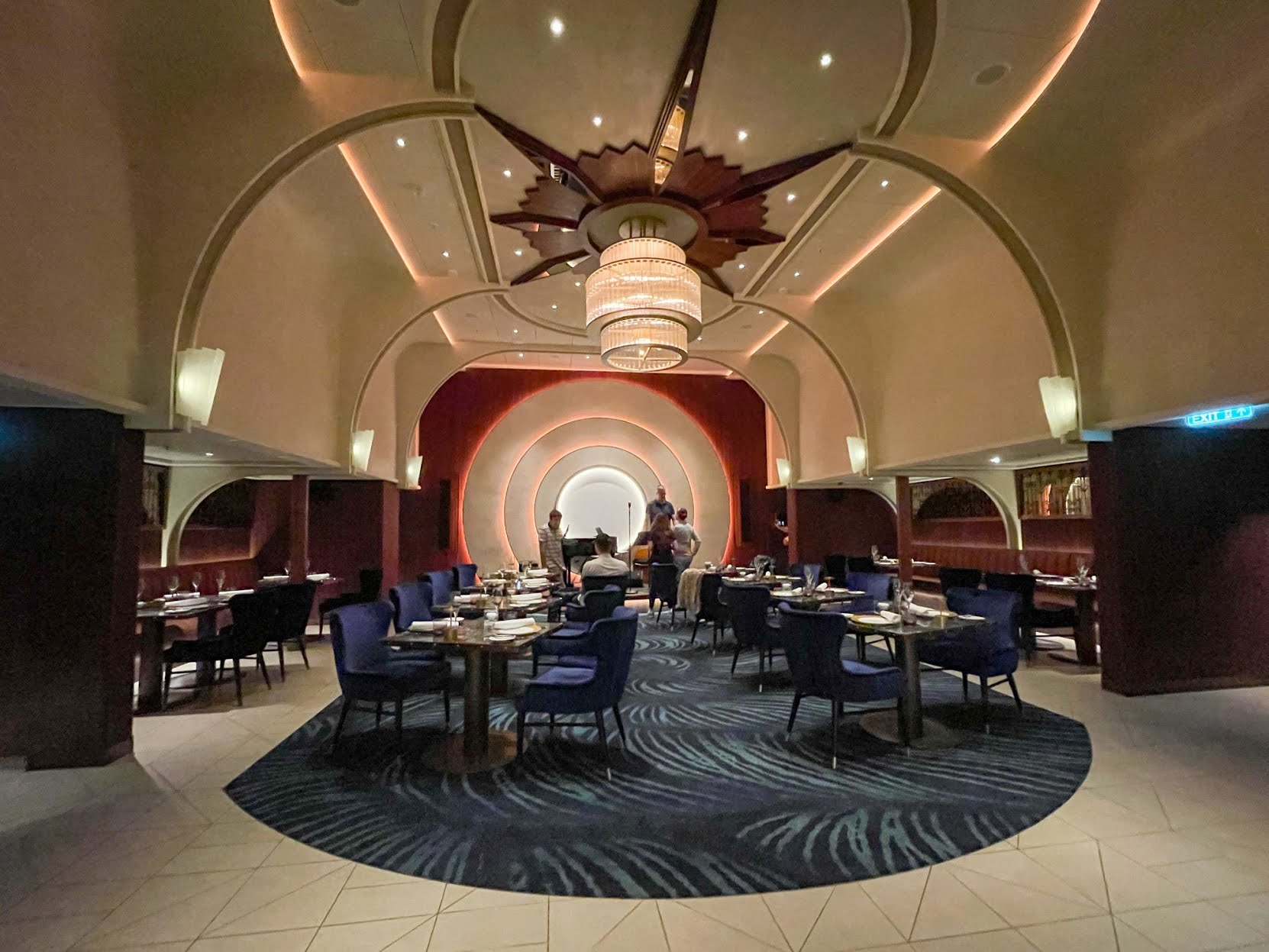
Empire Supper Club Restaurant has a $200/person meal with live music and cocktail pairings.
This is no small feat for a ship the size of Icon of the Seas: Every day, the bakery produces 35,000 to 40,000 baked goods, including baguettes, muffins, and the most popular item: croissants, according to Alexander Perberschlager, a cruise operations manager.
Alongside this are soups and sauces that are boiled in pots ranging from 40 to 120 gallons.
To maintain portion sizes and reduce food waste, Royal Caribbean uses internal historical data to determine what foods and how much to cook, tailored to customer demographics.
"If we have a lot of Latino visitors, we'll need a lot of rice, beans, and chicharron," says executive chef German Rijo.
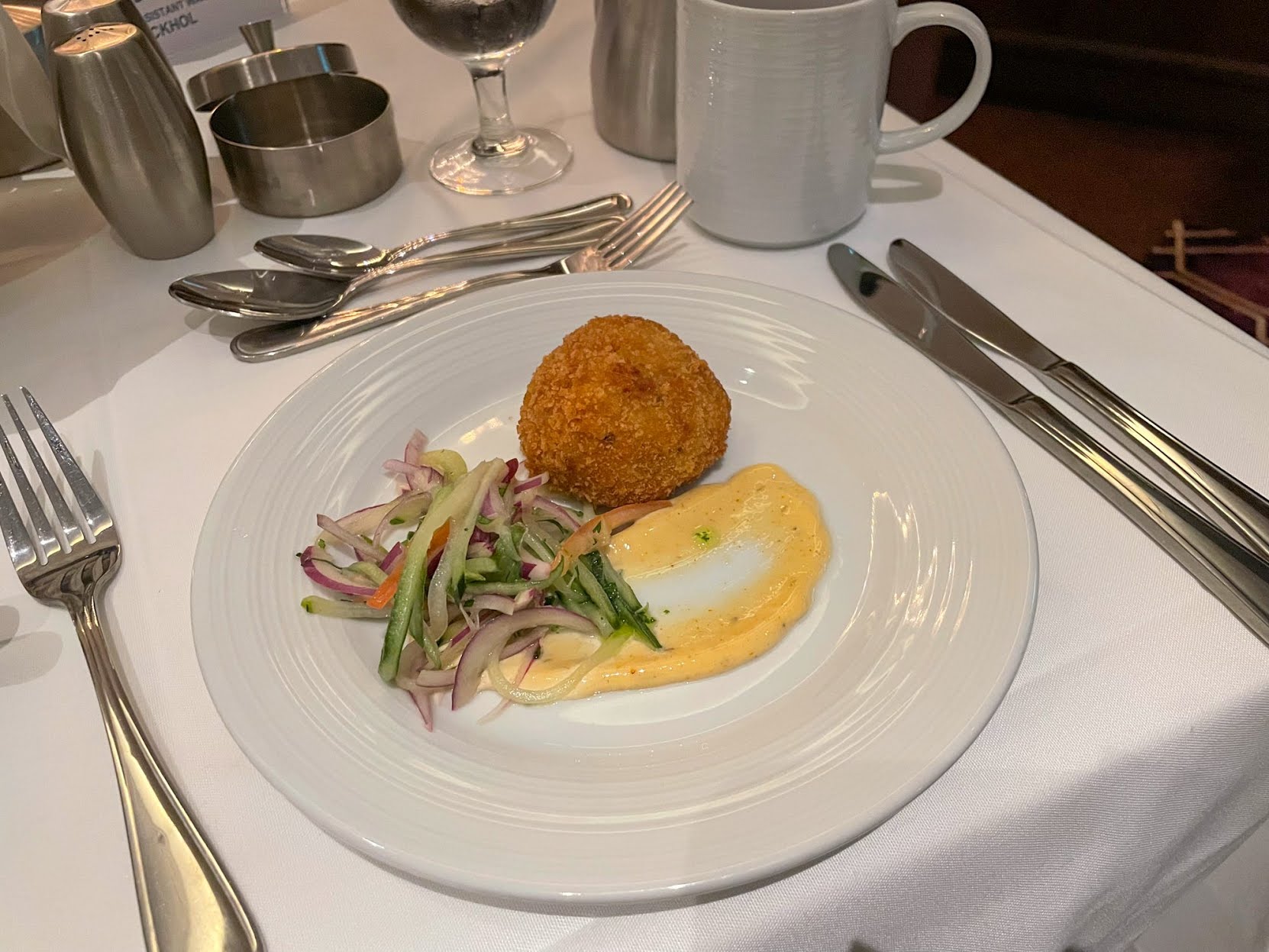
Complimentary restaurant meals serving basic dishes
Food waste can be a problem on a ship that serves the population of a small town. Some of the overproduced food is frozen and reused later, reducing waste.
Rice, for example. Instead of throwing away small batches of carbs, the kitchen can freeze it and reuse it for fried rice or paella. Or, it can be reheated and served as is.
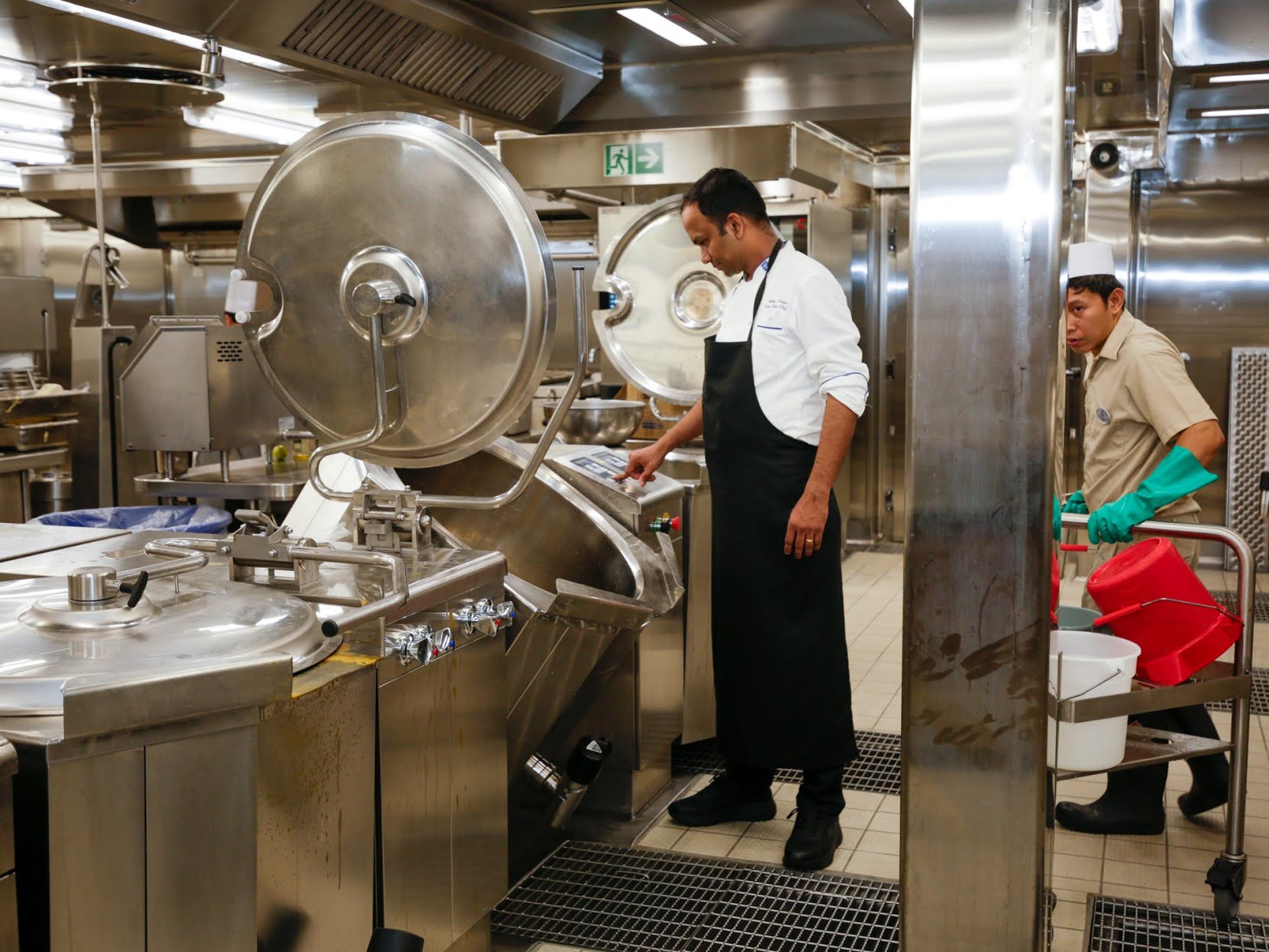
Inside a kitchen on the world's largest cruise ship
According to the cruise line, leftover food that cannot be reused will be put into a "waste-to-energy" system.
The technology, called microwave-assisted pyrolysis (MAP), can use organic waste to generate 200 to 300 kilowatts of energy – enough to run the Icon of the Seas water park, a Royal Caribbean spokesperson said.
Source link








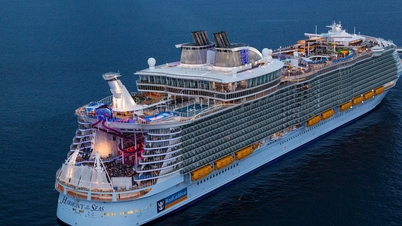
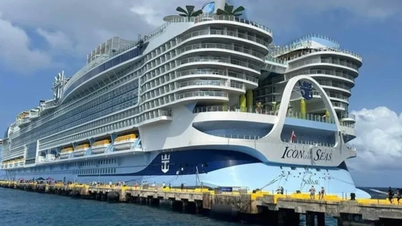



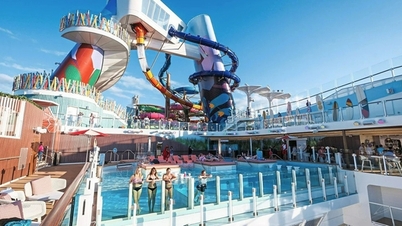
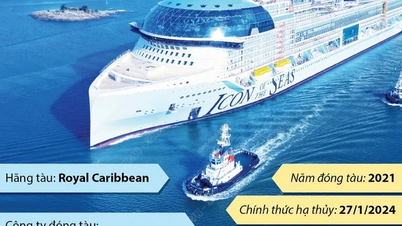
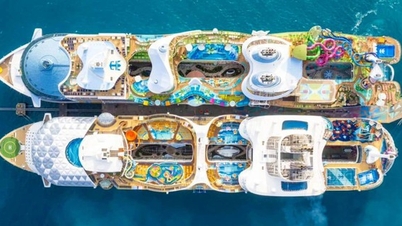
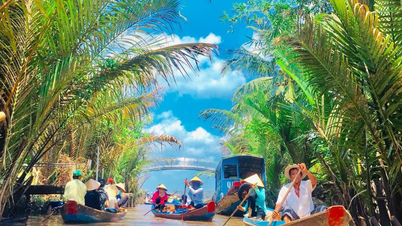


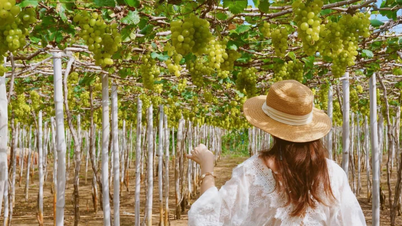
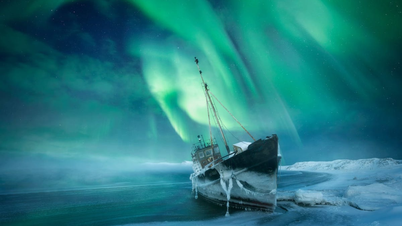
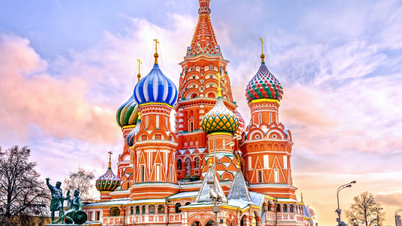
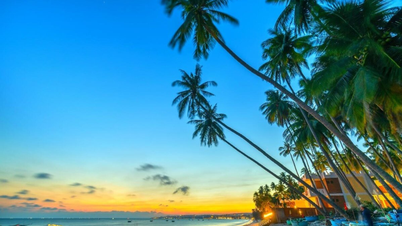












































































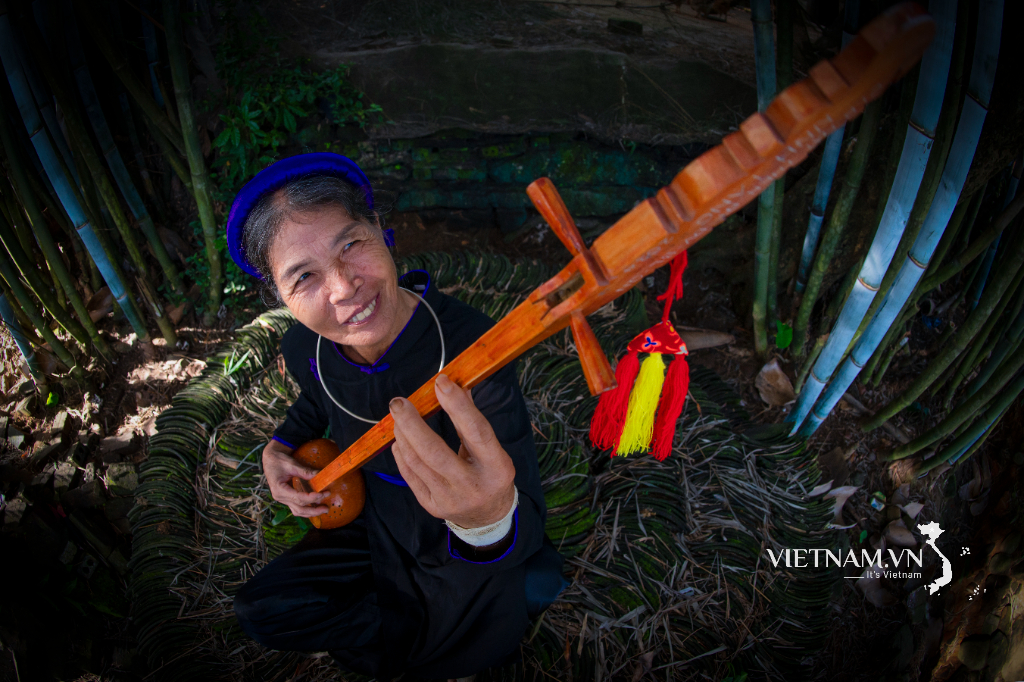

Comment (0)